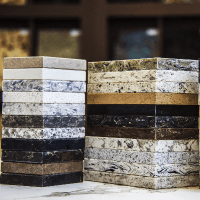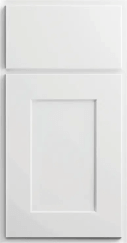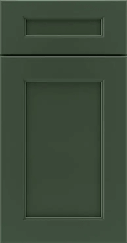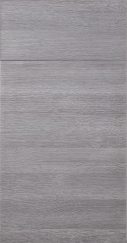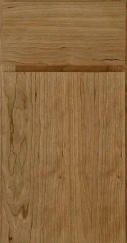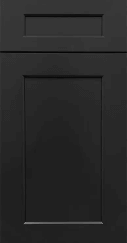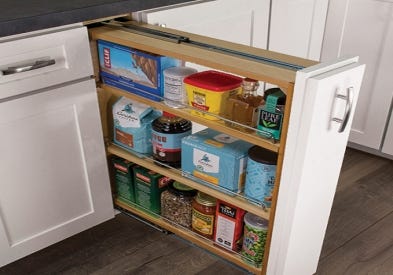1 Min. Read
One of the least expensive details in your kitchen cabinet order is the bottom trim on wall cabinets. Designers also refer to this as light rail molding. This humble strip of trim packs a powerful punch in terms of style and function.


Preventing Glare
A primary function of under cabinet light rail molding is to conceal light fixtures mounted under wall cabinets and prevent glare. While working at the counter, the shallow light strip tucked behind the cabinet, is hidden. The light may, however, present those seated in an adjacent living room with an unsightly view and irritating glare. If the fixture is located at the front of the cabinet, an inch of trim will solve the problem.
Enhancing Your Kitchen Design
Working in combination with the cabinet crown molding, the light rail (sometimes referred to as a light skirt) will frame and complete your design. Light rail molding should complement your cabinet door style in addition to enhancing the overall effect you want to achieve. That may be a crisp, contemporary look, a traditional feel, or a graceful transition between the new kitchen and its original architectural detailing.
Light rail can be high or shallow, aligned with the cabinet or subtly projecting, and constructed from a variety of moldings. Your designer will have suggestions and will provide computer-generated images so you can see how it pulls the cabinetry together.
Allowing Space
When adding light rail to a cabinet design, be careful to preserve the height of your countertop workspace. The National Kitchen and Bath Association recommends a 16 to 18-inch space between the countertop and lower edge of the wall cabinets. Some building codes have even higher requirements, so make sure you speak with a designer or contractor before any final decisions.
Explore kitchen cabinet molding now!
FAQs
What is light rail molding?
Under cabinet light rail molding is a thin molding at the bottom of wall cabinets. They are most commonly used to cover under cabinet lights, but also add to the decorative effect. Typically, light rail is a modern thin molding, but some designs may call for a larger stacked molding with more detail.
How do you install light rail molding?
Light rail molding can be easily installed with finishing nails. Simply cut to fit your molding, use a clamp or someone’s assistance to hold the molding, then nail through the back of the cabinet face frame. Make sure you carefully study how to install light rail molding beforehand. If the molding isn’t tightly installed against the cabinet, under cabinet lights could show through the seams.
What is another name for light rail molding?
Another name for light rail molding is ‘light skirt’ or ‘under cabinet light rail molding’. All of these names mean the same thing. Overall, this piece of molding's main purpose is to beautifully conceal any under-cabinet lighting you may choose to put in your kitchen. This helps direct the light where you want it to go while protecting everyone’s eyes from the glare.
What is light rail molding used for?
Light rail molding is used to conceal under-cabinet lighting. It helps direct the lighting where you want it to go while protecting everyone’s eyes from the glare. Some homeowners decide to add this design element simply for the look with no intention of buying lights, while others like it for both the design and function.



